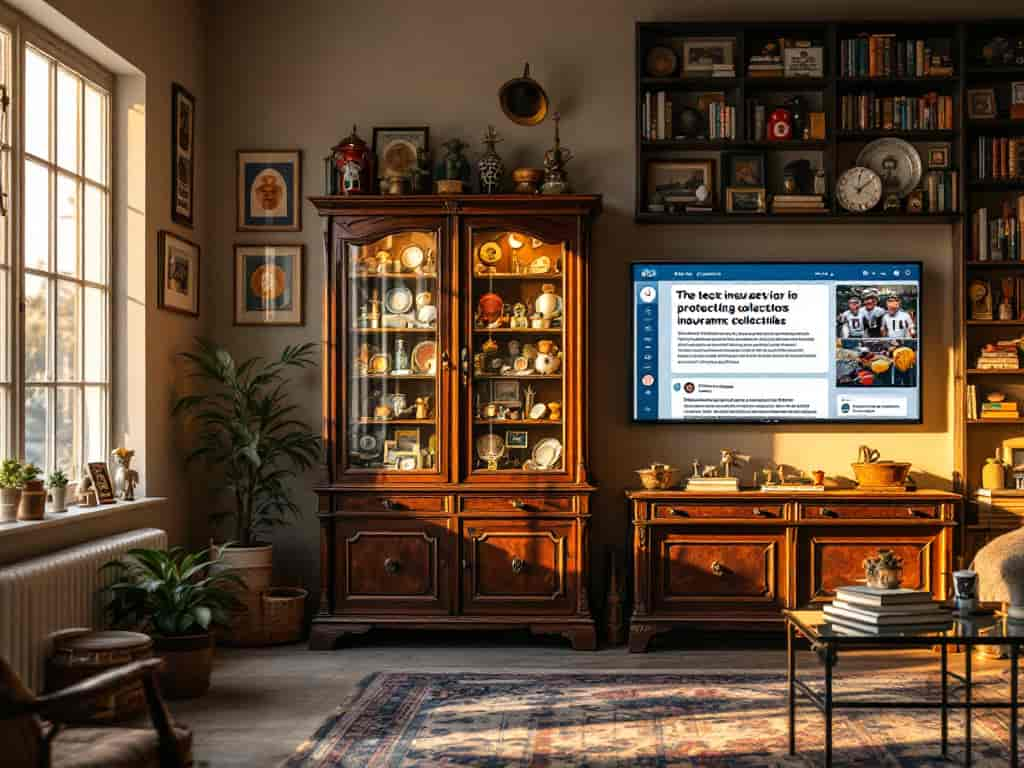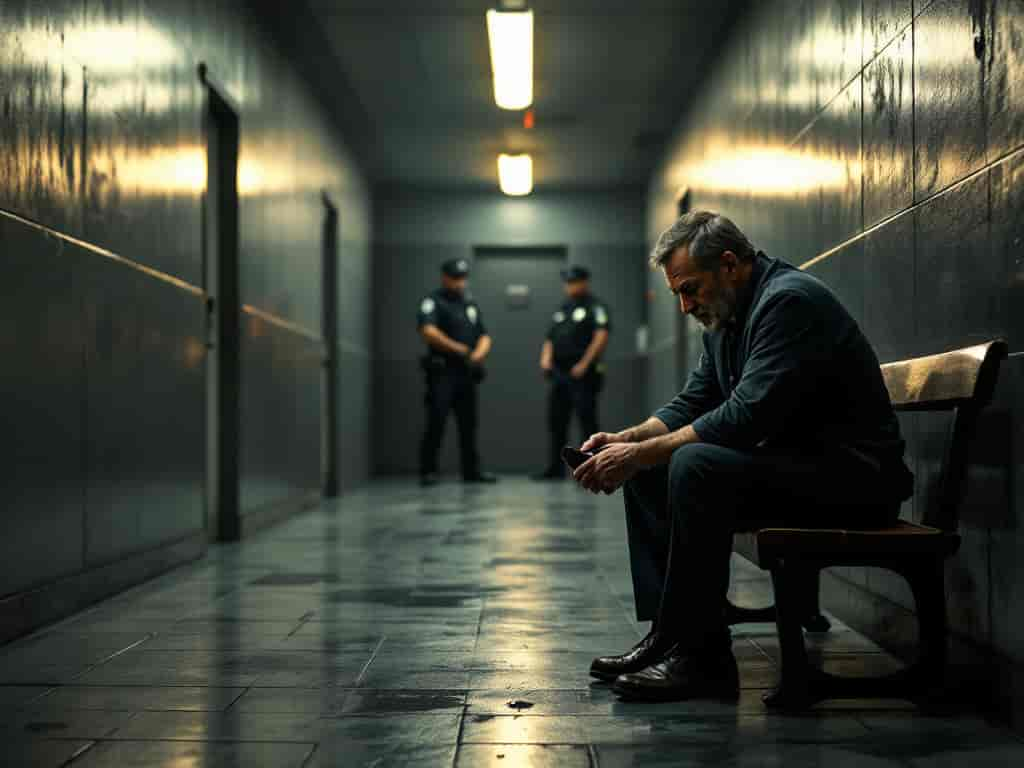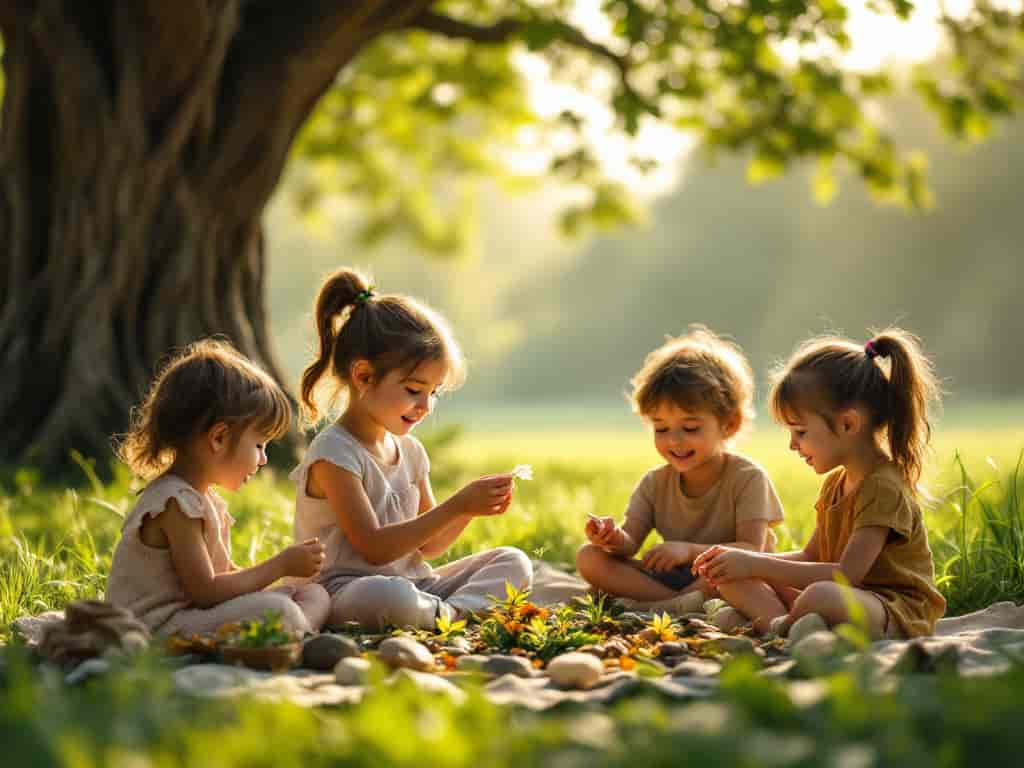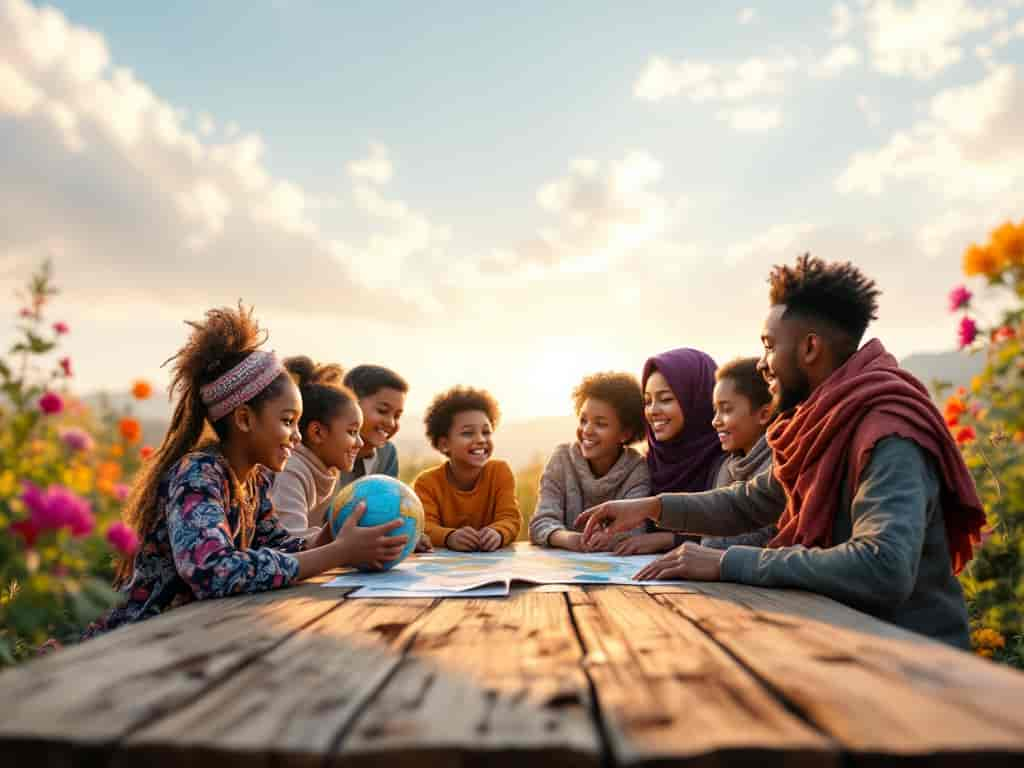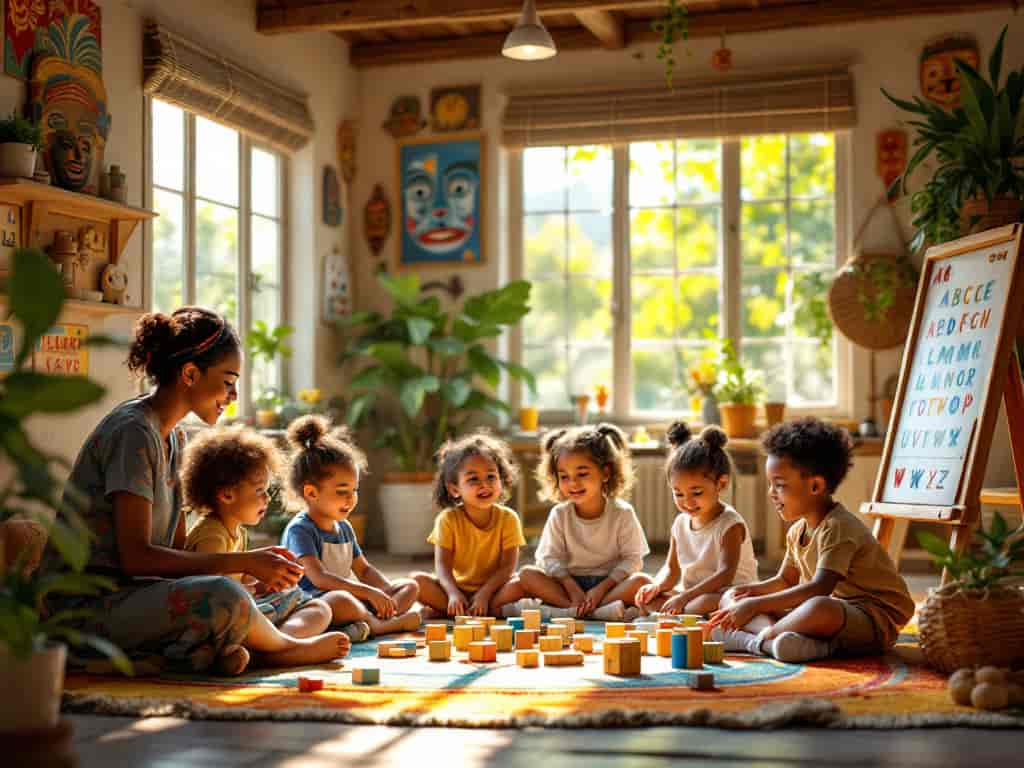Why Arts Education Is Crucial for Creativity
Ellie Moore

Photo: Why Arts Education Is Crucial for Creativity
Unlocking Creativity: The Power of Arts Education
In a world increasingly driven by innovation and creativity, nurturing artistic skills has never been more important. Arts education is a powerful catalyst for fostering creativity, a fundamental skill that not only enriches personal lives but also drives societal progress. This article aims to delve into the significance of arts education, exploring its role in developing creativity and why it should be an integral part of learning for individuals and society as a whole. Get ready to discover the transformative power of the arts!
The Creative Spark: Unlocking Potential through Arts Education
Arts education is a dynamic process that ignites the imagination and empowers individuals to think beyond boundaries. It is a vital component of a well-rounded education, offering a unique set of benefits that contribute to personal growth and societal advancement. Here's why arts education is the key to unlocking creativity:
- Nurturing Creative Expression: Creative expression is a fundamental aspect of human communication and self-discovery. Arts education provides a safe and encouraging environment for individuals to explore and express their thoughts, emotions, and ideas. Through painting, music, drama, or dance, students learn to communicate in diverse ways, fostering self-confidence and a unique voice. This freedom of expression is essential for developing creative thinking and problem-solving abilities.
- Encouraging Innovation: The arts inherently promote innovation and experimentation. When students engage in artistic activities, they are encouraged to take risks, think outside the box, and embrace failure as a learning opportunity. This mindset is crucial for cultivating creativity. For instance, in a music class, students might experiment with different instruments and melodies, learning that creativity often arises from trial and error. This approach to learning can be applied across various disciplines, fostering innovative thinking in all areas of life.
- Developing Critical Thinking: Arts education goes beyond the creation of art it teaches students to analyze, interpret, and evaluate. When studying a painting or a piece of literature, learners develop critical thinking skills as they decipher symbolism, themes, and artistic techniques. These skills are transferable to other subjects, enabling students to approach problems with a more analytical and creative mindset.
- Enhancing Cultural Understanding: The arts are a window to diverse cultures and histories. Through arts education, students gain a deeper appreciation for different cultural perspectives, fostering empathy and global awareness. For example, learning about traditional dance forms from various countries can provide insights into cultural traditions and values. This cultural understanding is essential for building a more inclusive and tolerant society.
The Impact of Arts Education on Personal Development
Arts education has a profound impact on an individual's personal growth and development. Here's how it shapes and enriches lives:
- Building Confidence and Self-Esteem: Engaging in the arts allows individuals to discover their unique talents and strengths. Whether it's mastering a musical instrument or creating a captivating painting, these achievements boost self-confidence and self-esteem. This sense of accomplishment can have a ripple effect, encouraging individuals to take on new challenges and explore their potential in various fields.
- Promoting Emotional Intelligence: The arts provide a powerful outlet for emotional expression and understanding. Students learn to recognize and manage their emotions through creative activities. For instance, writing poetry or engaging in drama can help individuals process and communicate their feelings effectively. This emotional intelligence is a valuable skill for building healthy relationships and managing personal well-being.
- Fostering Resilience: The creative process often involves setbacks and challenges. Through arts education, students learn to embrace failure as a natural part of the learning journey. They develop resilience and perseverance, understanding that creativity is an iterative process. This mindset is invaluable, teaching individuals to view obstacles as opportunities for growth and improvement.
- Encouraging Collaboration and Communication: Many art forms, such as theater productions or band performances, require teamwork and collaboration. Arts education encourages students to work together, fostering effective communication and interpersonal skills. These skills are essential for success in various professional and social settings.
Arts Education in Action: Real-World Examples
The importance of arts education is evident in numerous success stories and real-life applications:
- Case Study: The Power of Art Therapy: Art therapy is a powerful example of how arts education can have a profound impact on mental health and well-being. It is used to help individuals cope with trauma, manage stress, and express emotions. For instance, a study by the American Art Therapy Association found that art therapy significantly reduced anxiety and depression symptoms in adolescents. This demonstrates the therapeutic value of arts education and its ability to support emotional healing.
- Creative Industries: Driving Economic Growth: The creative industries, including design, film, music, and performing arts, are significant contributors to the global economy. These industries rely on a skilled workforce with strong artistic and creative abilities. Arts education equips individuals with the skills and knowledge to pursue careers in these fields, driving innovation and economic growth. For example, the UK's creative industries contributed £111.7 billion to the economy in 2020, highlighting the economic value of arts education.
- Community Engagement and Social Change: Arts education has the power to bring communities together and drive social change. Community art projects, such as public murals or theater productions, foster a sense of belonging and encourage dialogue on important social issues. These initiatives can empower individuals and communities, promoting positive change and cultural understanding.
Practical Steps to Integrate Arts Education
To harness the benefits of arts education, here are some actionable steps for individuals, educators, and communities:
- Incorporate Arts Across Subjects: Integrate artistic elements into various subjects to make learning more engaging and creative. For instance, use storytelling in history lessons or introduce music to teach mathematical concepts. This approach ensures that arts education is not isolated but rather a part of a holistic learning experience.
- Provide Access to Artistic Resources: Ensure that students have access to a variety of artistic resources, including art supplies, musical instruments, and literature. Libraries, community centers, and online platforms can play a vital role in providing these resources.
- Collaborate with Artists and Cultural Institutions: Partner with local artists, museums, or theaters to bring real-world artistic experiences into the classroom. Field trips and guest lectures can inspire students and provide valuable insights into the creative process.
- Encourage Creative Projects: Assign projects that allow students to explore their creativity and personal interests. This can include creating a short film, designing a fashion collection, or writing and performing a play. These projects encourage ownership and passion for the arts.
- Offer Extracurricular Arts Programs: Schools and communities can offer after-school or weekend arts programs to provide additional opportunities for creative expression. These programs can cater to a range of interests, from visual arts to performing arts.
Frequently Asked Questions (FAQ):
Q1: How can arts education benefit students in non-artistic careers?
A1: Arts education equips students with transferable skills that are valuable in any career. Creative thinking, problem-solving, communication, and collaboration are essential in various professions. For example, a scientist might use creative thinking to design innovative experiments, while a business professional can leverage storytelling skills to craft compelling presentations. Arts education enhances overall cognitive abilities, making individuals more adaptable and versatile in their careers.
Q2: What if a student doesn't show interest or talent in the arts?
A2: Every individual has the capacity for creativity, and arts education is about nurturing this potential. It's important to provide a supportive and inclusive environment where all students feel encouraged to explore the arts. Offering a variety of art forms and allowing students to find their own areas of interest can help engage even those who may not initially show a strong inclination towards the arts.
Q3: How can parents support their child's arts education at home?
A3: Parents can play a vital role in fostering their child's artistic development. Encourage creativity at home by providing art supplies, attending cultural events, and discussing art and artists. Support your child's interests and celebrate their artistic achievements. Additionally, advocate for robust arts programs in schools and engage with educators to ensure a well-rounded education.
Final Thoughts and Call to Action
Arts education is not just about learning a skill it's about unlocking the creative potential within every individual. By embracing the arts, we empower ourselves and future generations to think creatively, express freely, and contribute to a more vibrant and innovative society.
As you've explored the importance of arts education, it's time to take action! Advocate for arts programs in your local schools, engage with community arts initiatives, and encourage creative pursuits in your personal life. Share your thoughts and experiences in the comments below, and let's continue the conversation on the transformative power of arts education! Remember, creativity is the fuel for progress, and arts education is the spark that ignites it.
Finance & Investment
View All
April 6, 2025
Save for Retirement Using Tax-Advantaged AccountsLearn how to save smarter for retirement with tax-advantaged accounts. Maximize your savings and secure your future today!
Ellie Moore

September 24, 2025
Toyota Finance Company DetailsMaster expert SEO content! Learn to craft high-quality, E-E-A-T driven content that ranks, satisfies users, and builds trust. Your guide to digital success.
Ellie Moore

November 29, 2025
What It Means to Finance a CarCreate expert SEO content that ranks high and truly helps your audience. Focus on E-E-A-T, originality, and a people-first approach for success.
Ellie Moore

July 2, 2025
Top Careers in Finance for 2025Boost your rankings & engage readers with expert SEO content. Discover how to deliver genuine value, build E-E-A-T, and satisfy user intent for Google.
Ellie Moore

October 2, 2025
72 Month 0 Percent Truck FinancingMaster expert SEO content to build digital authority. Drive organic traffic, boost rankings, and establish trust with high-quality, valuable content.
Ellie Moore

November 18, 2025
Jeep Financing Made AffordableUnlock online success in 2025! Discover how expert SEO content drives rankings, engagement & conversions. Create authoritative, valuable content that truly stan...
Ellie Moore
Insurance
View AllInsure your valuables! Learn what’s covered, from antiques to art, and how to ensure proper protection for collectibles.
Ellie Moore
Overpaying for car insurance? Discover top-rated solutions for optimal coverage & value. Protect your finances with our comprehensive guide.
Ellie Moore
Explore Nationwide Pet Insurance: plans, costs, coverage, claims, waiting periods, and market trends. Your ultimate guide to protecting your beloved pet.
Ellie Moore
Protect your journey! Discover why complete travel insurance is vital for safeguarding your finances and peace of mind from unexpected trip disruptions.
Ellie Moore
Secure superior protection with Premium Freeway Insurance Coverage. Go beyond basic policies to mitigate risks, ensure financial stability & peace of mind.
Ellie Moore
Navigate car insurance with confidence. This guide helps policyholders & risk managers find top-rated agents for optimal coverage, best value, and peace of mind...
Ellie Moore
Education
View AllIs a college degree still worth it? Dive into a detailed analysis of the ROI on higher education, including costs, benefits, and future prospects.
Read MoreOutdoor learning promotes cognitive and social growth. Explore how nature-based education enhances learning outcomes and student well-being.
Read MoreLearn how UNESCO promotes education for all globally. Explore key initiatives and efforts aimed at fostering equal learning opportunities for everyone.
Read MoreEthics in education is vital for balanced learning. Learn how to teach morality alongside knowledge transfer in today’s classrooms.
Read MoreDiscover why liberal arts education remains valuable in today’s tech-driven world. Explore how it fosters critical thinking and adaptability.
Read MoreDifferent cultures approach early education in unique ways. Discover how cultural values shape learning practices for young children around the world.
Read MorePopular Post 🔥
View All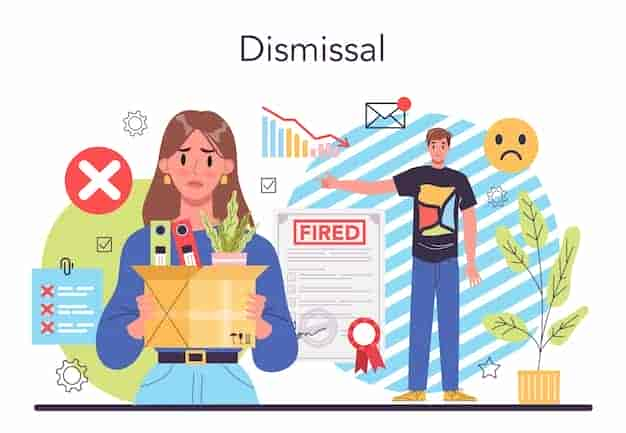
1
2
3
4
5
6
7
8
9
10
Health






Automotive
View All
August 31, 2025
Top Rated Audio Amplifier Automotive Picks
Power up your ride! Our ultimate guide to top-rated car audio amplifiers helps you transform your sound. Get better quality, bass & expert tips.

February 9, 2025
EV Battery Health: How to Maximize Lifespan
Keep your EV running longer! Learn the best practices for maximizing battery health and extending its lifespan. Drive smarter today!
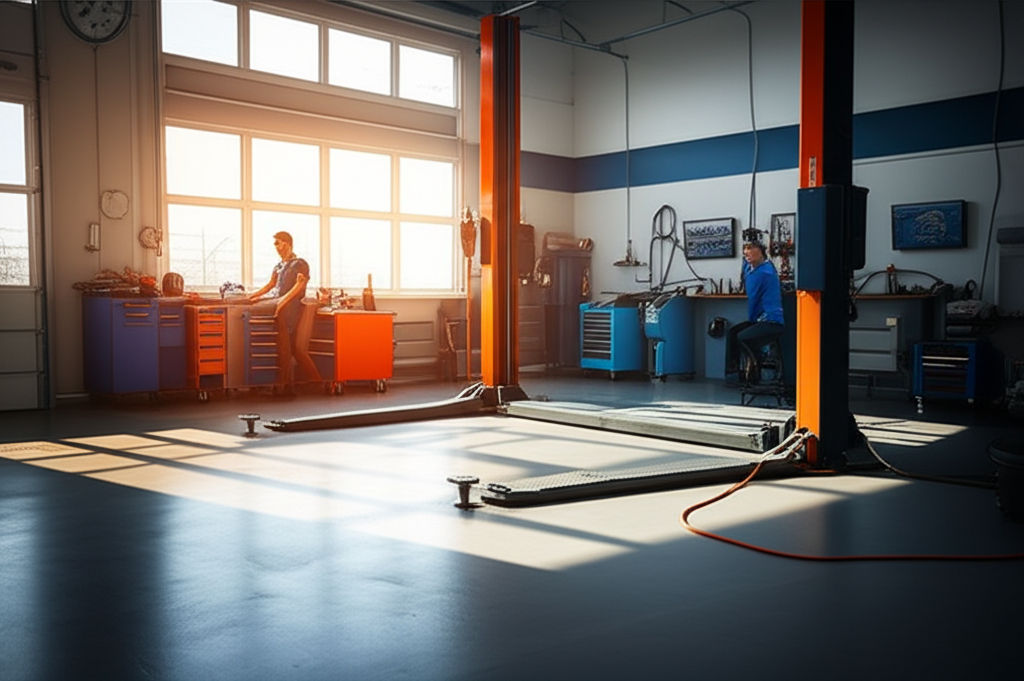
July 27, 2025
Jeff's Automotive Repair Services You Can Trust
Jeff's Automotive offers trusted car repair. Get reliable, honest service from expert mechanics, ensuring peace of mind for your vehicle.

August 5, 2025
Better Business Bureau Wiygul Automotive Burke Review
Searching for a reliable auto repair in Burke, VA? Explore Wiygul Automotive's BBB review & understand how BBB ratings ensure you find a trusted mechanic.

July 17, 2025
JP Automotive Offers Quality And Reliability
Experience unmatched quality & lasting reliability with JP Automotive. Your trusted partner for expert vehicle care & lasting peace of mind.

August 24, 2025
Harris Automotive Dependable Local Service
Choose a dependable local auto service for peace of mind. Harris Automotive offers trusted expertise, fair pricing, and top-tier care for your vehicle.
